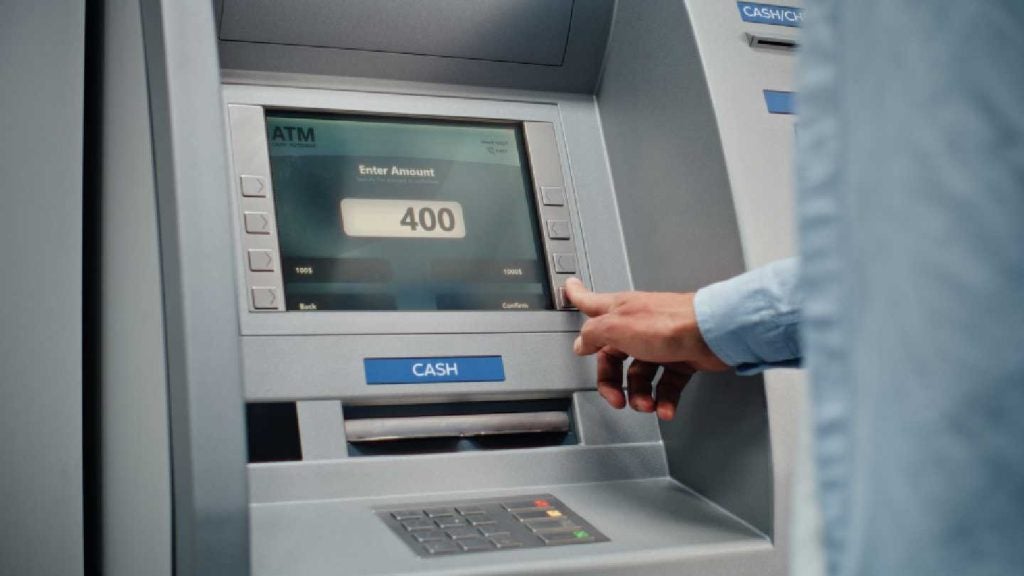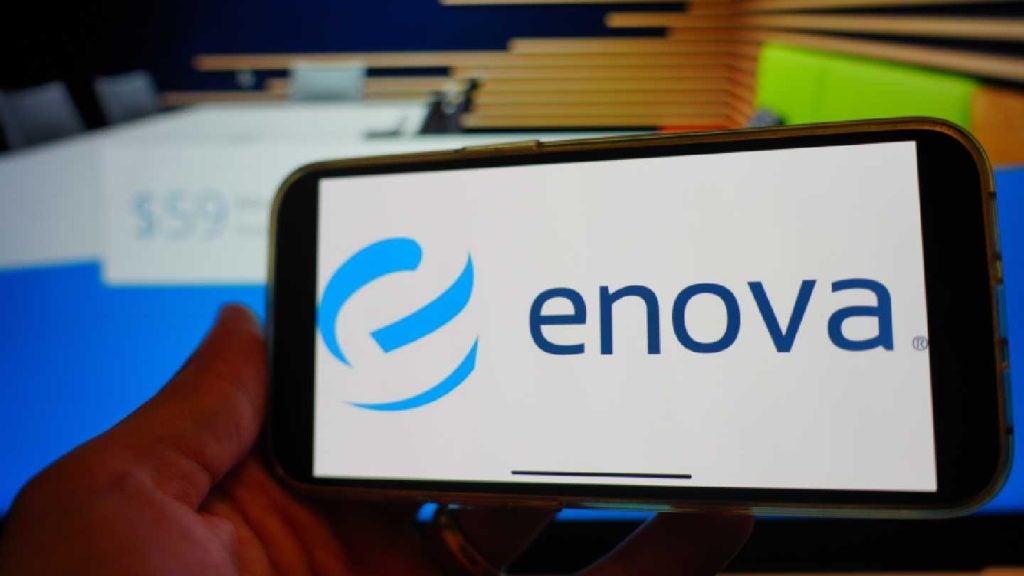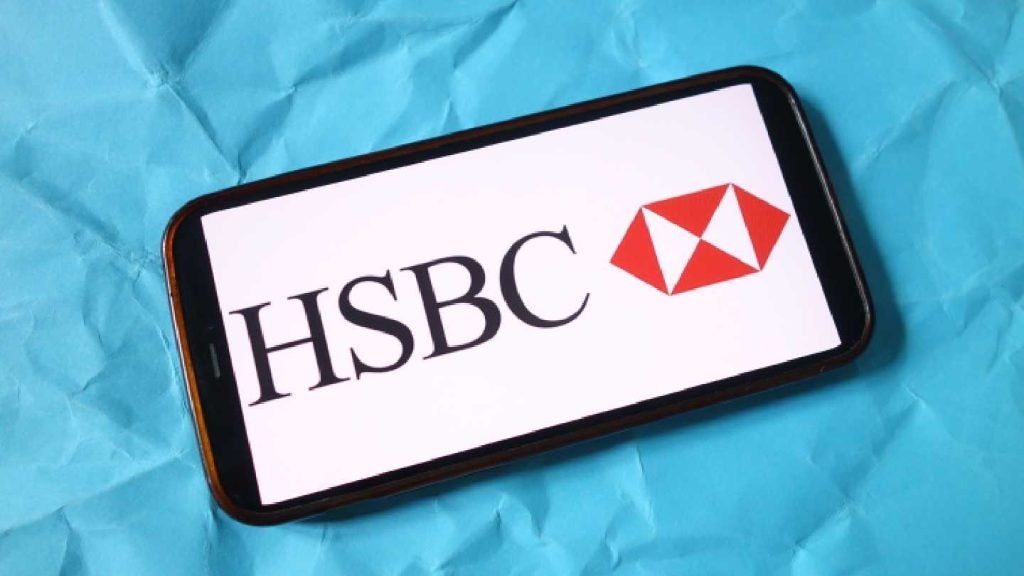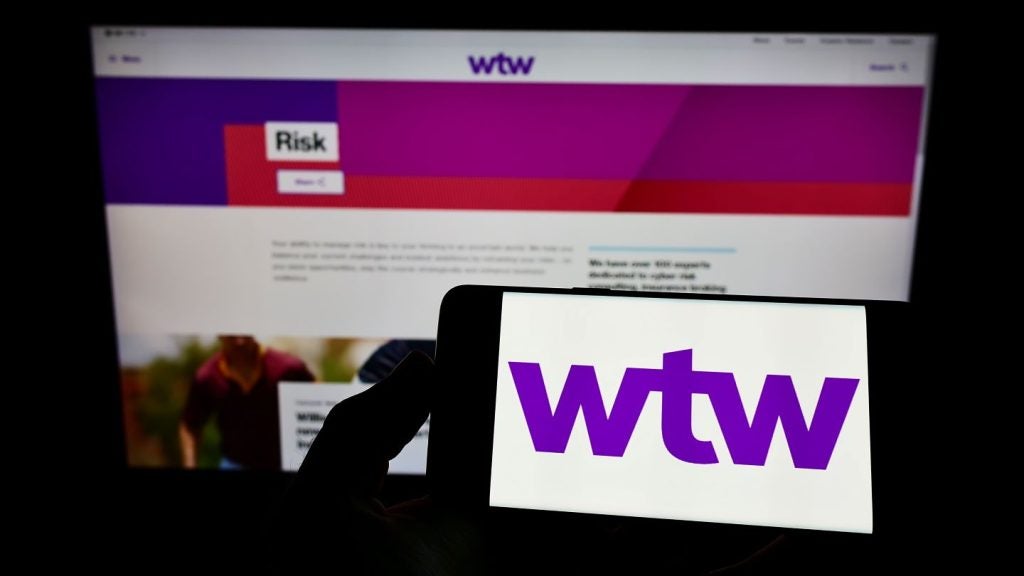Commonwealth Bank of Australia launched its peer-to-peer
mobile banking and payments platform, Commbank Kaching, in December
2011, and the app has already been downloaded 75,000 times.
Executive general manager for credit cards, payments and strategy
David Lindberg talks to Ronan McCaughey.
 In December 2011, Commonwealth bank of Australia (CBA) –
In December 2011, Commonwealth bank of Australia (CBA) –
one of Australia’s ‘Big Four’ lenders – entered new territory by
launching its first peer-to-peer mobile banking and payments
platform, Commbank Kaching.
Commbank Kaching allows CBA
customers to make payments using a person’s mobile phone number or
email address, and in a global-first, it also extends this
functionality to social networks through a user’s Facebook
friends.
Since its launch, Commbank Kaching
has had over 75,000 downloads and created a buzz in the Australian
retail banking market.
Executive general manager for
credit cards, payments and strategy at CBA, David Lindberg, tells
RBI that Commbank Kaching leads the way for the lender to
launch more innovative products in the mobile banking space in
2012.

US Tariffs are shifting - will you react or anticipate?
Don’t let policy changes catch you off guard. Stay proactive with real-time data and expert analysis.
By GlobalData
Ronan McCaughey (RM): What has
been the reaction to the launch of Commbank Kaching?
David Lindberg
(DL): I think Commbank Kaching has created quite a lot of
excitement in the Australian market. Customer feedback has been
fantastic and probably greater than we expected to be.
The usage patterns for Commbank
Kaching have been really interesting.
For example, its mobile to mobile
payment [functionality on Kaching] is used most often, with the
Facebook payment [functionality] being used almost as often. We did
not expect that, but it goes to prove how powerful a platform
Facebook really is and how engaged social media users can be.
At this point, we have about 75,000
downloads of the Commbank Kaching app, which is higher than we
thought given the small amount of marketing that has gone into it.
Our expectation is that we will get to the million numbers of users
in a reasonably short period of time.
RM: How much did the Commbank
Kaching initiative cost and how long did it take to
develop?
DL: The true
answer is that it took five years and A$1.1bn ($1.2bn) because we
could not have done it without our new core banking system.
However, the incremental cost was really low.
The time from conceiving the app to
full development was about six months. As we have replaced our core
banking system, we have the capability to develop things at a low
marginal cost and with shorter time frames.
 RM: What is the importance of the mobile channel for
RM: What is the importance of the mobile channel for
CBA?
DL: We now have
one in every three customers who interacts with us online and
chooses to do that through a mobile phone. As a result, we decided
to make the mobile channel a real battle point between us and our
competitors.
We feel Australia is ready for a
huge step in payments. We think that is true for a couple of
reasons. The first is that the usage of mobile phones to banks in
Australia is by global standards unbelievably high.
We think it is the second highest
mobile phone banking country in the world behind Singapore.
We also think that contactless
technology has evolved to a tipping point more quickly in Australia
than it probably has in most developed economies. We have a
situation where people are already doing mobile banking and
contactless technology is now getting towards a tipping point.
Therefore, we felt it would be really important to innovate
first.
Commbank Kaching did not involve
much customer research because the vision was very simple. We
wanted customers to be able to do everything they can do on
internet banking on a [mobile] phone in approximately five seconds
or less.
The only place where we used
customer research was in the look and feel of the application
itself. For the rest of it, we felt so strongly that it was the
right thing for our customers that we just went ahead and
did it.
We told the market about Kaching at
the end of last year and we launched in late January. We did not
really promote it. We just launched it softly to see what would
happen. We are certainly preparing to promote it very hard in the
coming months.
RM: How difficult will it be
for other banks to replicate Commbank Kaching?
DL: It depends
what systems you are currently running. One of the keys is that it
is very important to have a real-time system because if you do not
have a real-time system and you make a payment, then you would not
until the batch report went through.
My expectation is that Kaching is
copyable and it will be copied within 12 months probably in
Australia. We know with certainty that people will copy us, but our
strategy is that if we innovate more quickly, so by the time they
copy us we are on to version three.
We think that the majority of our
consumers today use the iPhone as the smartphone [of choice] and
we’ve developed [the Kaching] app for the iPhone.
We are also in the process of
developing something for the Android platform. By doing this, we
will have [payment offerings] for the two largest [smartphone]
platforms in the country.
RM: What channels have
contributed the most in terms of profitability and efficiency at
CBA?
 DL: We are not of the view that the branch is
DL: We are not of the view that the branch is
dead, or even close to dead. We really view the branch to be the
foundation of our customer experience. As the largest retail bank
[in the past], we probably allowed our branches and the investment
in our branches to deteriorate over time.
About five years ago, we started to
really re-engage and invest in the branch network, physical
infrastructure, branding, staff and the branch experience. With the
largest branch network in the country, we decided to refurbish
almost every one of our branches over the last five years.
We really created a lot of
differentiation around the physical footprint, but more
importantly, the experience of entering one of our branches.
At a branch level, we realised that
people often go into a branch and feel confused as to where to go
and what to do. We are the only bank in the country that actually
has a concierge in every branch.
At the same time, we have invested
heavily in the online channel. We do not think this is one of those
situations where you trade off between the branches and online
channel
We have also invested massive
amounts in a new core banking system and a lot of that will allow
us to be more flexible in the online channel. Our online channel is
now beginning to become the dominant sales channel for many of our
products.
RM: How has improved customer
experience at the branch translated into improved performance for
CBA in recent years?
DL: This comes
back to the way we think about retail banking. We take a very basic
view of retail banking and we really set our target on acquiring as
many current accounts as possible. Then, we cross-sell other core
products, which are primarily credit cards and mortgages.
RM: How has the new core
banking system resulted in increased growth or efficiency for
CBA?
DL: At this point,
we are still running two systems. I’m not saying that the core
banking platform has helped us over the last five years. However,
we should be seeing cost savings coming through at the end of this
financial year.
RM: Why did you decide to
implement this core modernisation programme and how difficult was
it to do?
DL: The business
case for a core modernisation programme is traditionally very tough
as a core banking system will [generally] last much longer [than
expected].
[Investing in a core modernisation
programme] requires is a great deal of courage to say we will get
some benefits in terms of cost, and we will get some benefits in
terms of revenue.
It is really hard to build a core
modernisation system. We underestimated not just how technically
difficult it would be to implement a new core banking system, and
the distraction that entailed, for example, having to retain
front-line staff.
Essentially, we had to freeze many
other activities while the core modernisation system was being
built.
Already, we are seeing that
projects that would have taken us a year at a cost of x, are now
taking three months at a much lower cost and we think that will be
an advantage as the world changes.
I’m making the argument that the
culture [at CBA] was such that it allowed an investment that would
not pay off for five years. As we start to decommission the old
system, we expect our cost-income ratio in retail banking to move
towards approximately 35%, compared to approximately 38% now. That
is our target.
RM: What payment innovations
have significantly contributed to CBA’s profitability and
performance?
DL: Debit cards
have been our fastest growing core product while credit cards have
tended to be a more steady growth product.
Our journey on contactless has also
been interesting. We issue about 75% of all the contactless cards
in Australia. So, this has been a big bet that we have made.
RM: How does CBA differentiate
a customer’s banking experience compared to its competitors in
Australia?
DL: It starts with
the culture and the messaging from the top. The primary ambition of
our former CEO Ralph Norris, who has recently retired, was customer
satisfaction.
He cascaded that down as part of
the incentives to everyone who worked in head office.
RM: How does CBA measure
customer satisfaction and experience?
DL: We measure it
in a number of ways. At a high level, we have external and internal
metrics. The external metric we use is Roy Morgan Research, which
is a market survey about how satisfied customers are with the
bank.
This is probably not the most
sophisticated metric, but at least it is a metric that is
consistent for everybody and we can measure our progress.
We also have a series of internal
metrics and we publish those every week. This means we have
customer experience scores for every channel, broken down for every
customer segment and every region.
Our staff live and die by the
scores they receive for these internal metrics. That metric forms a
part of just about every person’s salary in the front line. The
external metric also forms a part of everyone’s bonus in head
office.
RM: What is CBA’s future
vision to improve the customer experience?
DL: As a bank we
want to differentiate in four ways: staff engagement, culture and
service. We also want to differentiate on the inquisitiveness of
the brand.
Within that, we ask why someone
would choose to bank with us. The answer to that question, and the
way we execute the answer, will be the difference between winning
and losing in terms of [customer] acquisition. We want to
differentiate ourselves in terms of being simple, easy and
convenient.








